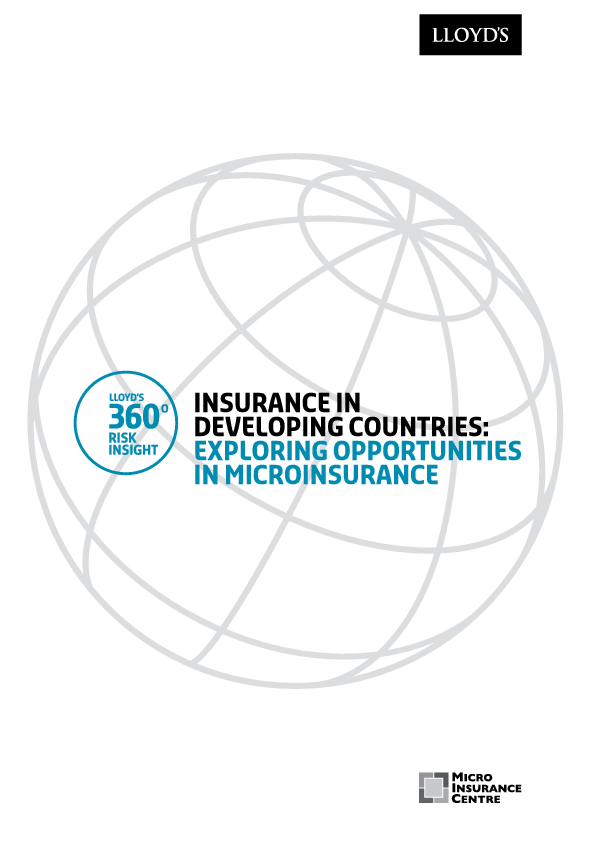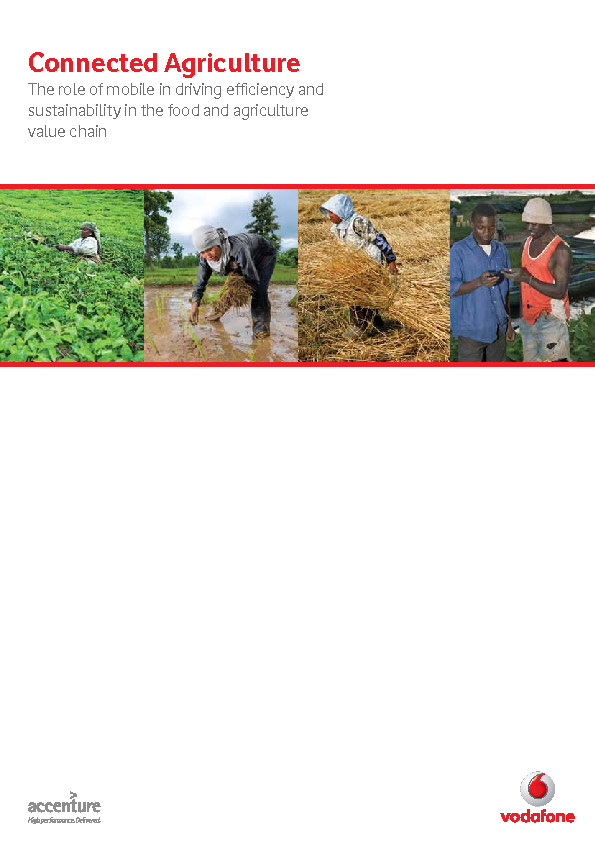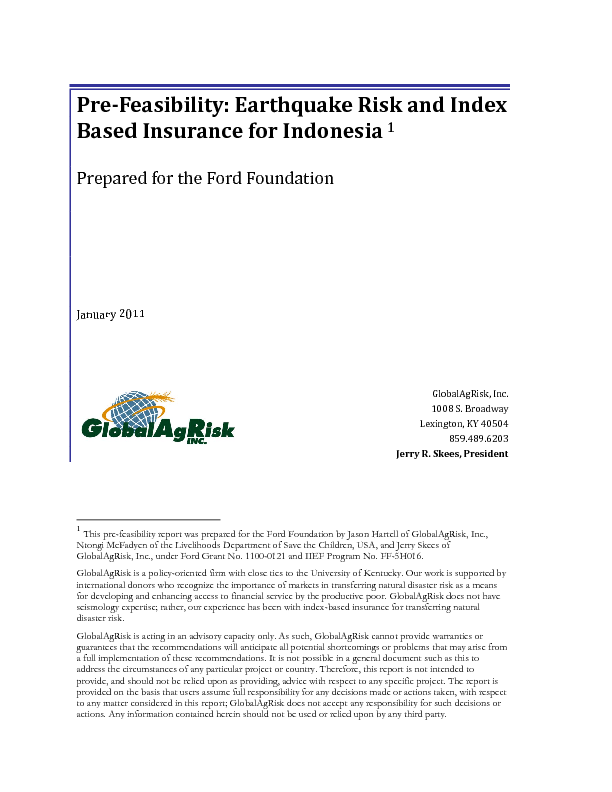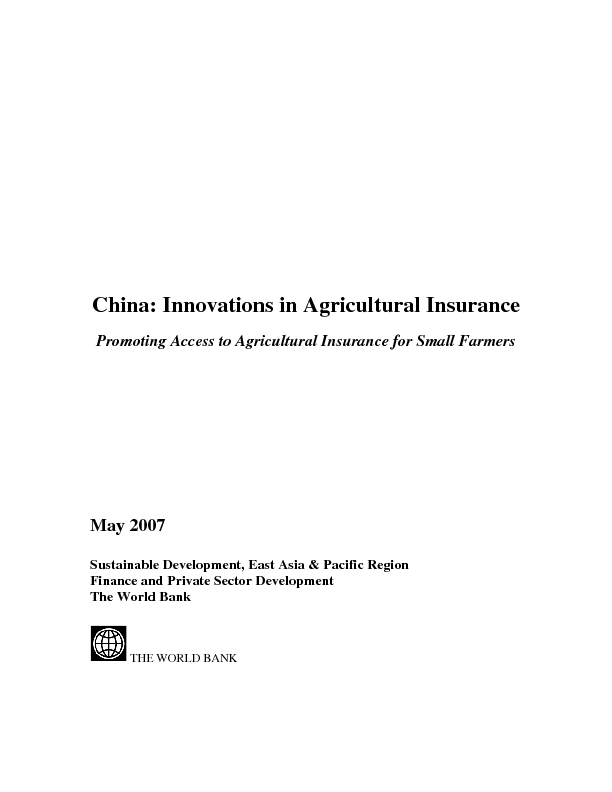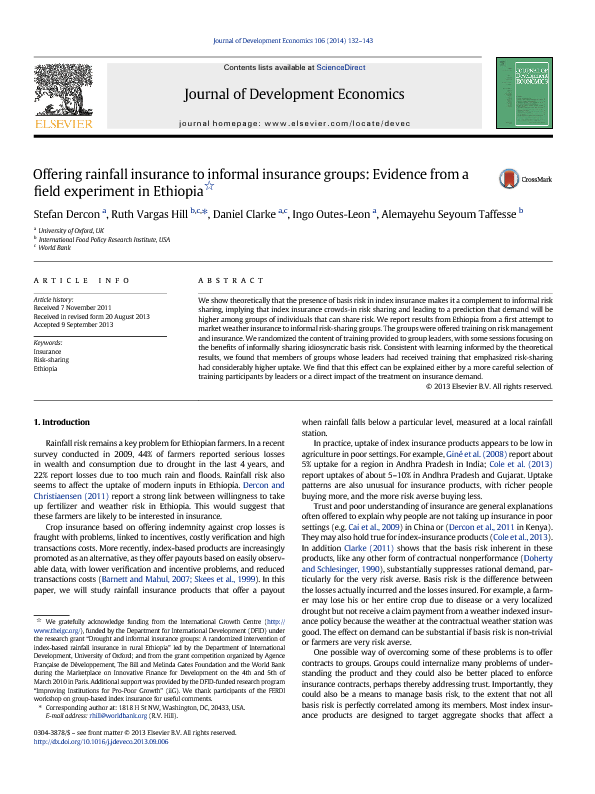
Topics:
We show theoretically that the presence of basis risk in index insurance makes it a complement to informal risk sharing, implying that index insurance crowds-in risk sharing and leading to a prediction that demand will be higher among groups of individuals that can share risk. We report results from Ethiopia from a first attempt to marketweather insurance to informal risk-sharing groups.

